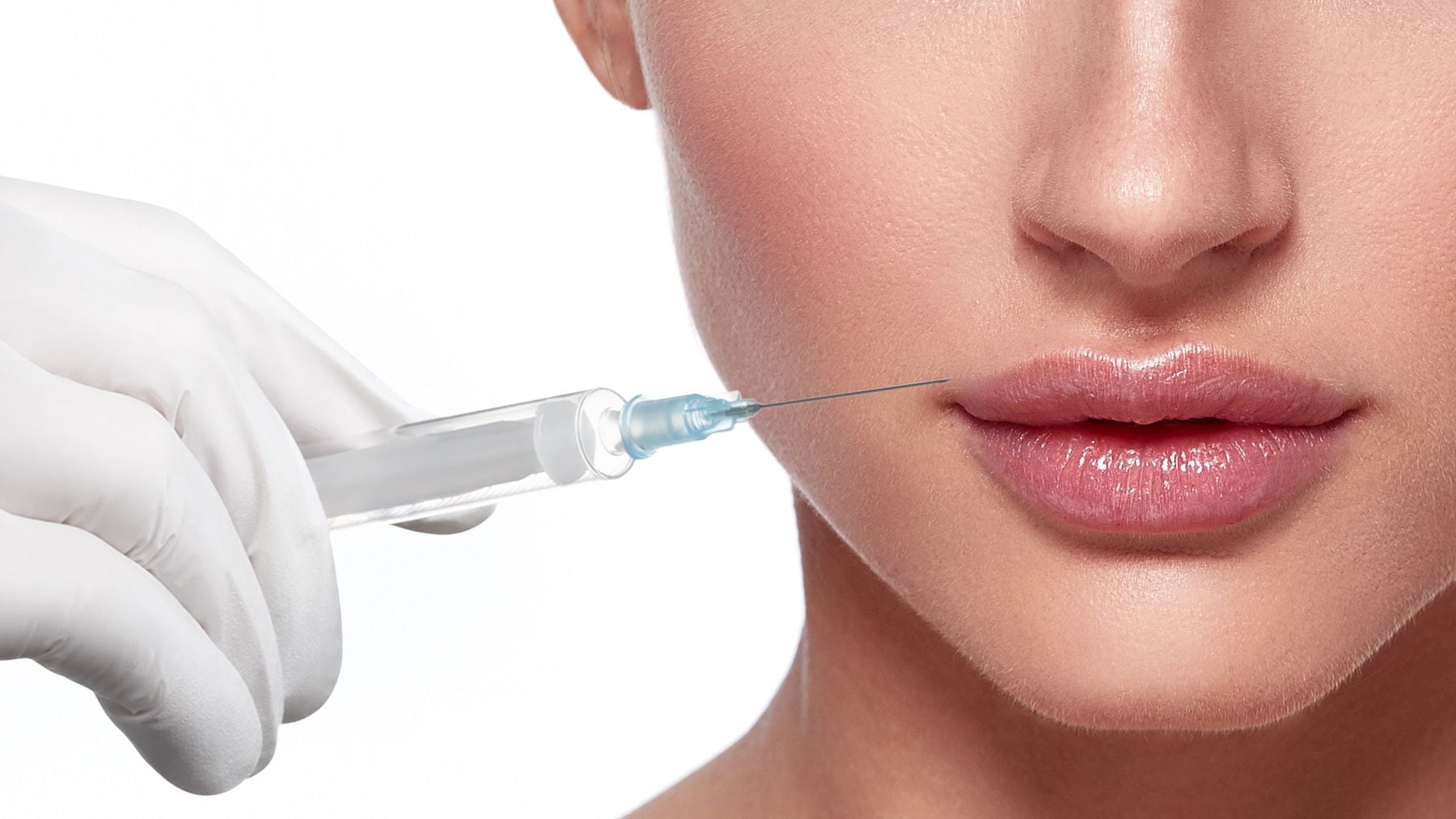
“Botox: every three months. Facials: every six months. Gel pedicure: every six weeks; manicure: every three weeks.”
This schedule was outlined in a TikTok video by beauty influencer Ashley Paige, who has joined a flood of creators posting about the #maintenanceroutine trend sweeping the social platform with over 26 million views. Employing language typically used to describe car maintenance, influencers have been sharing long Notes app lists on TikTok with detailed breakdowns of their beauty regimens.
“Every time I post my routine, I’ll get nine and a half comments that are absolutely glowing: ‘Thank you so much for posting this. I will use this as my benchmark,’ and then you get that one that says, ‘I’m tired even watching this,’” said Paige, whose viral October 2023 post on her beauty maintenance routine earned over 75,000 likes and 870,000 views.
The trend has sparked a hot-button debate on TikTok about the mainstreaming of the pressures for beauty upkeep. It comes as a growing number of services from injectables to lash extensions have been popularised, thanks to influencer promotion, transparency and greater availability. As more salons and spas open to meet the demand for these services, investors are betting on those they believe will have as much beauty routine staying power as a haircut or manicure.
Mainstream Maintenance
Once considered the domain of the professionally beautiful, elaborate routines have become increasingly common.
“Beauty services that used to be just for the elite are now mainstream, including Botox, lip filler, waxing, brows, lashes and Pilates… It has become more mass market,” said Sahara Lotti, founder of DIY lash extension brand Lashify.
Aesthetic injectables, for example, have skyrocketed among the general public. From 2019 to 2022, the use of neuromodulator injectables rose by 73 percent and fillers grew by 70 percent, according to data from the American Society of Plastic Surgeons. A 2021 McKinsey report predicted 12 to 14 percent annual growth in aesthetics injectables through 2026 due to expanded access via med spas and beauty bars.
Investors are betting on growing demand for maintenance. In February 2023, Glowbar received $10 million in Series A funding led by Peterson Partners, which has also invested in Allbirds and Madison Reed. Aesthetic skincare chain Skin Pharm received $15 million from Prelude Growth Partners last April. In the same month, salon software platform GlossGenius was valued at $510 million after receiving a $28 million Series C round led by L Catterton.
“It’s not just women in their 50s and 60s, but now we’ve got younger women, men participating in the category,” said Neda Daneshzadeh, co-founder and managing partner at Prelude Growth Partners, of injectables. “There’s just lots of growth still coming down the pike. We’re still at the very beginning of this category really taking off.”
Social media has been pivotal in bringing these trends into the mainstream.
“You almost have to point to TikTok and Instagram. … Those platforms have made, particularly for younger adults, getting these treatments kind of normal, and almost part of your regular maintenance process,” said Alex Thiersch, CEO of the American Med Spa Association.
Influencers have noticed this firsthand.
“In my comments section, there are a lot of young girls who are thinking about doing things that when I was that age, I would have never thought about,” said Paige of her Gen-Z audience. “When I was that age in college, I was not doing a full skincare routine every night.”
Bold statements about beauty maintenance have gone especially viral.
“I know it’s long, but I feel like this is my hobby,” said Kelsey Griffin, an influencer outlining her beauty maintenance routine in a TikTok video where she mentioned regular acrylic nails, laser hair removal, hair extensions and gel pedicures. “Who has time for other hobbies when you’re doing this much?”
From Backlash to DIY
In response to the more laborious maintenance routines described online, some influencers have chimed in with viral videos criticising growing pressure to view procedures as non-negotiable.
“There is value in telling your followers about a different service that they didn’t know that they can do. But where the problem lies is thinking that what you see on TikTok is the standard for beauty and is necessary to be considered beautiful,” said influencer Crystal McDuffy. Her November 2023 post critiquing the excesses of the beauty maintenance trend earned over 260,000 likes. In the video, she noted that she opts for DIY lashes and press-on nails rather than appointments.
As new in-salon procedures become increasingly popularised, cheaper DIY versions have popped up to compete.
Le Mini Macaron, a France-based at-home gel nail kit with an LED light shaped like the French confection, was launched by Christina Kao in 2015 to create “freedom and independence” with gel nails.
“I was trapped into the cycle of always having to go back again for a manicure and removal,” Kao said. Retailers are embracing her DIY vision as at-home nail care has continued to boom since pandemic lockdowns: the brand expanded its Ulta Beauty presence from online to all physical stores in August 2023.
Lashify, meanwhile, saw sales grow from $67 million in 2022 to slightly over $80 million in 2023, according to Lotti. It is currently in the process of opening its first physical store in Los Angeles.
With so many beauty services competing for limited time and money, investors are keeping their eye on the procedures that they believe will become widespread and permanent. Injectable businesses are a prime target.
“For us, efficacy, results are critical. I think there’s no question in our mind that with injectables, you get the results. It’s immediate, and you see it, you feel it, you know it,” said Daneshzadeh.



